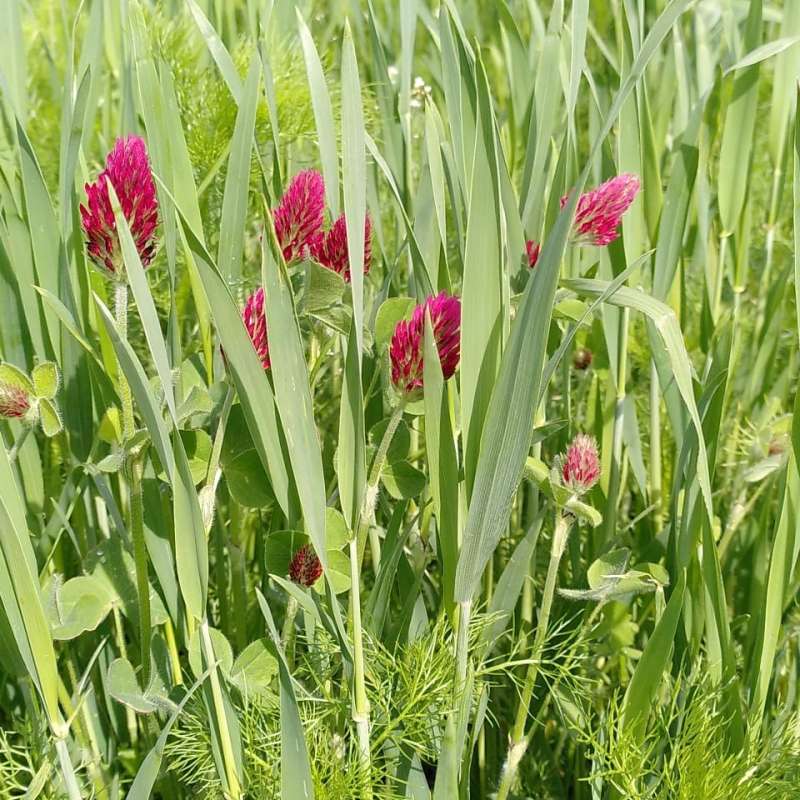Monica Skogen
Senioringeniør
Forfattere
Tatsiana Espevig Kristine Sundsdal Victoria Stornes Moen Kate Entwistle Marina Usoltseva Sabine Braitmaier Daniel Hunt Carlos Guerrero Monica Skogen Erik LysøeSammendrag
Det er ikke registrert sammendrag
Sammendrag
Det er ikke registrert sammendrag
Sammendrag
Det er ikke registrert sammendrag

Divisjon for bioteknologi og plantehelse
REKORN: Can regenerative cultivation methods contribute to reduce the risk of fungal diseases in cereals?
Regenerative agriculture is referred to as a bridge between organic and conventional agriculture and has received increased attention in recent years. Regenerative agriculture focuses on soil health and cultivation measures that can stimulate soil life and plant growth. An improvement in soil health is visualized, among other things, in increased carbon storage in the soil, limited soil compaction and increased microbiological diversity. The methods used to improve soil health within cereal cultivation may include crop rotation, reduced tillage, intercropping, use of catch crops and surface composting where plant residues are mixed into the top-soil layer.

Divisjon for bioteknologi og plantehelse
REKORN: Kan regenerative dyrkingsmetoder bidra til å redusere risiko for soppsjukdommer i korn?
I prosjektet «REKORN» ønsker vi å sammenlikne plantehelsa i korn fra skifter dyrket med ulike dyrkingsmetoder som benyttes innen regenerativt landbruk. Gjennom REKORN ønsker vi å utvikle kunnskap om sammenhengen mellom jordhelse og plantehelse.
